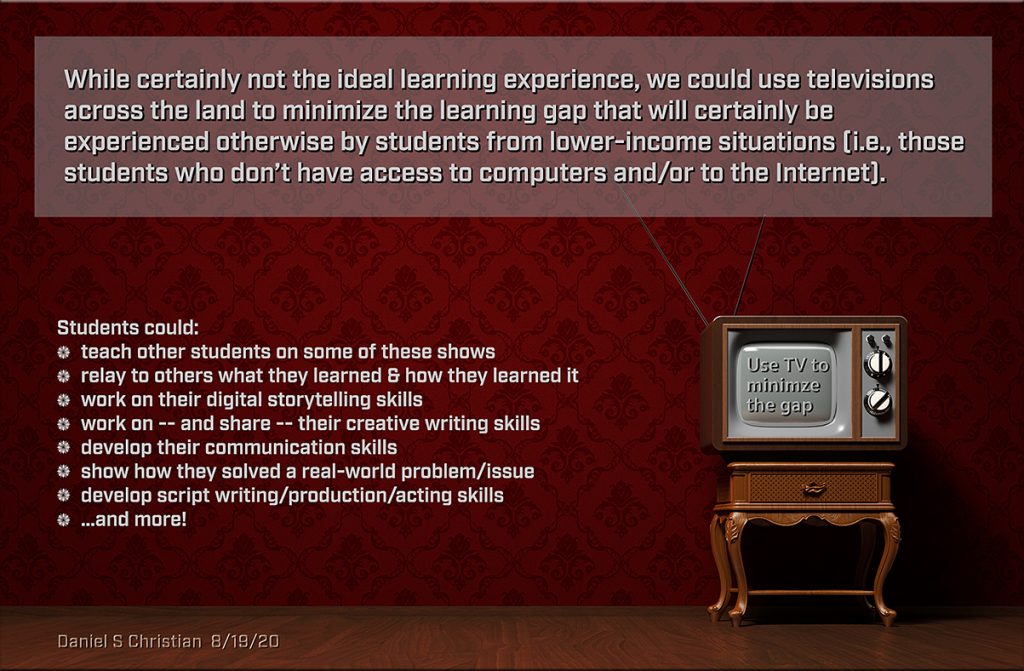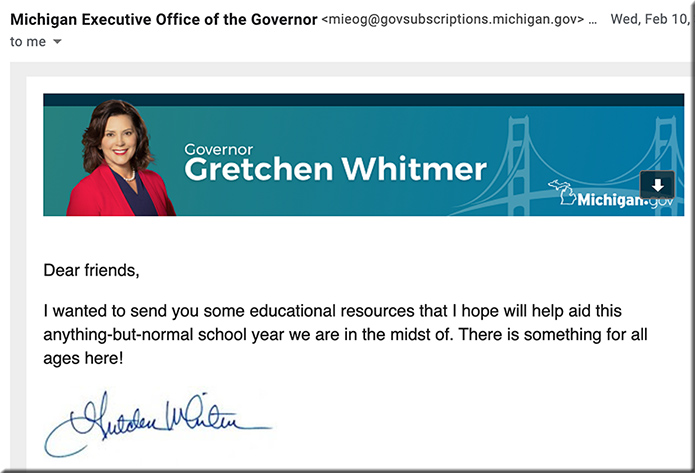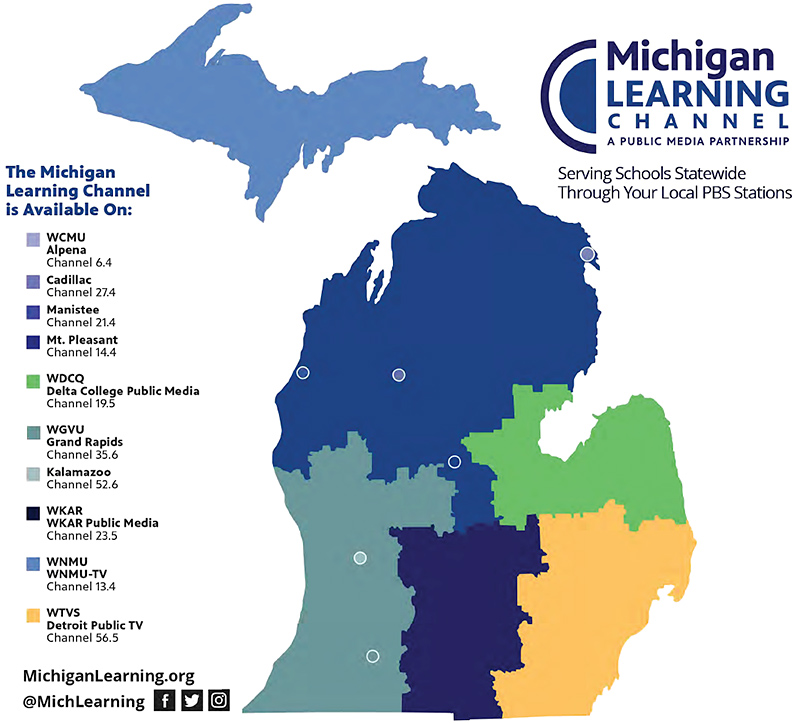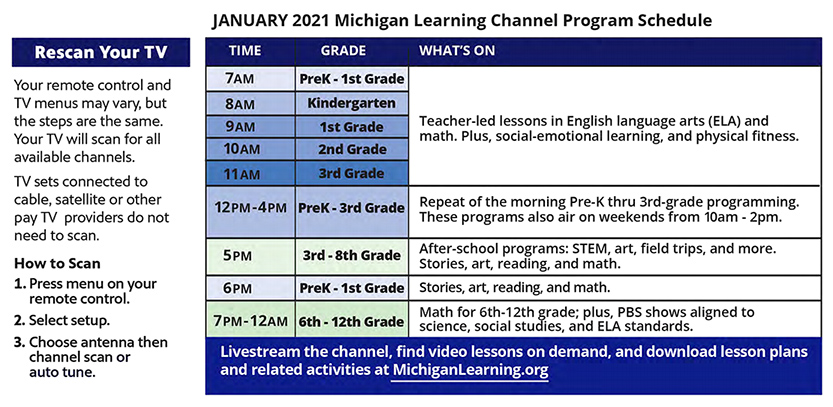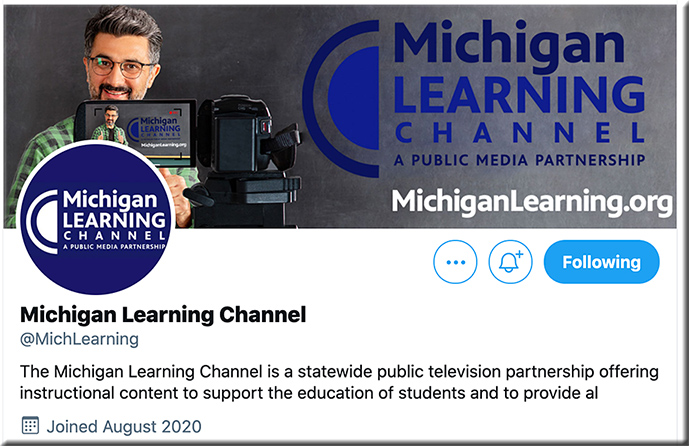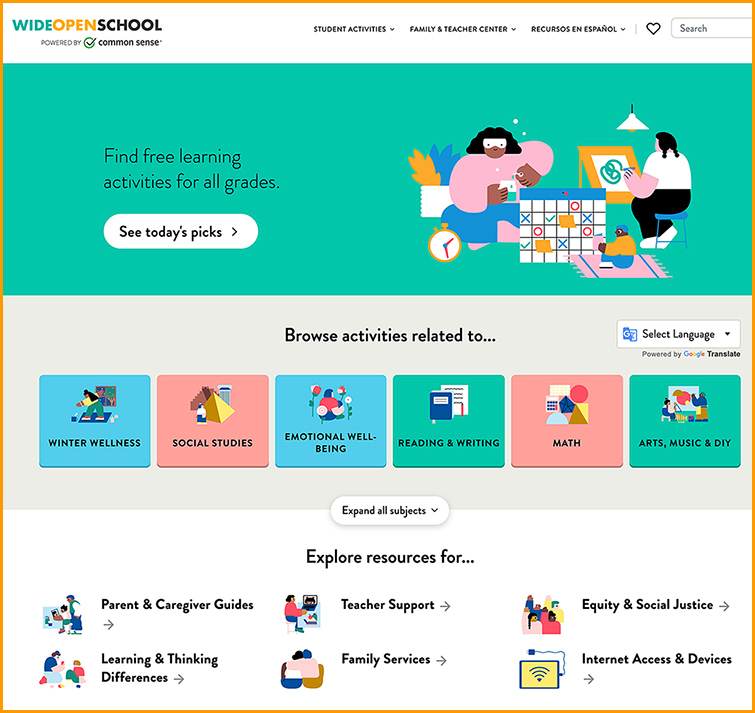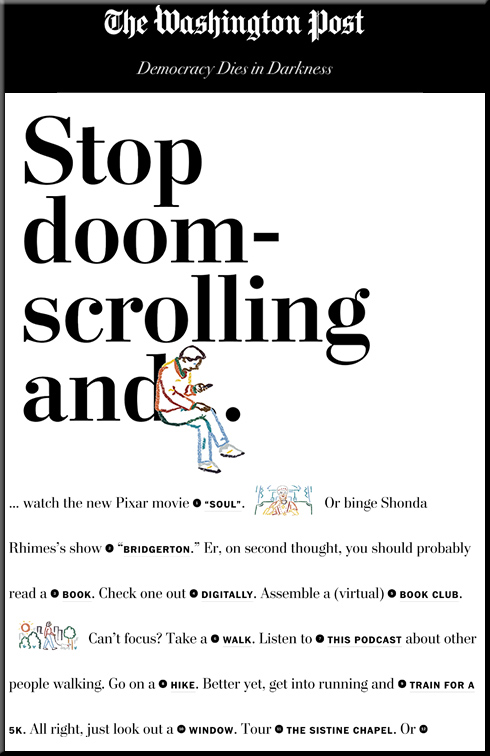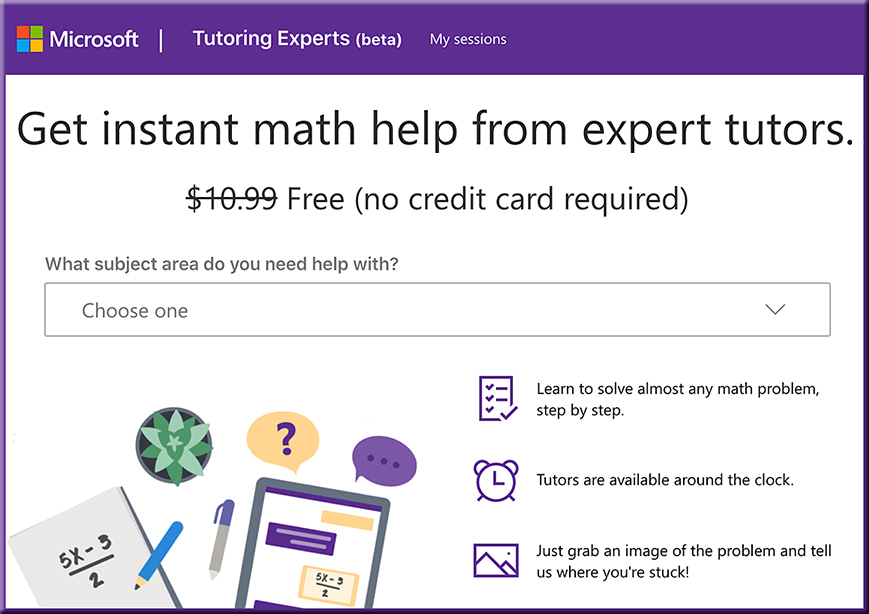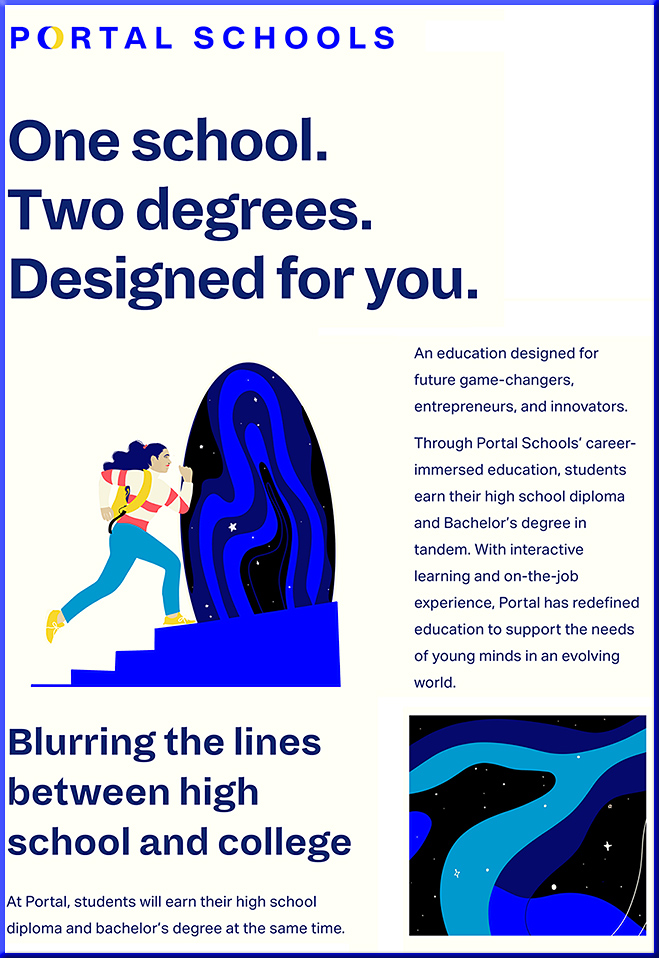Big Changes in the Federal Student-Aid System Are Coming. Here’s Why They Matter. — from chronicle.com by Eric Hoover
Excerpt:
After all, a recent NCAN analysis led the organization to conclude that fewer than half of community colleges and only a quarter of public four-year institutions are affordable for the average Pell Grant recipient.
That’s why the group plans to push for a doubling of the maximum award in the months ahead. “Fafsa simplification and getting more students to apply for aid is a first step,” Warick said, “but we know there are not enough affordable options out there for families considering higher ed. We need a broad investment in the Pell Grant program.”
Also see:
Their Stories Helped Lift a 26-Year Ban on Pell Grants for Prisoners — from chronicle.com by Katherine Mangan
A college education transformed former inmates’ lives. But some critics fear low-quality programs will rush in.
Excerpts:
“Every time we sat before elected officials, sharing expertise and stories about the transformative power of education, we lived a paradox,” Nixon wrote in a statement after the ban was lifted. “The power of our testimony came with the stigma of incarceration. Yet, chins held high, we claimed that we are worthy of educational opportunity. And many educators stood with us — keeping hope alive by providing college behind bars when Pell was not an option.”
…
Expanding such opportunities has enjoyed growing bipartisan support as a way to reduce recidivism, save taxpayers money, and mitigate the discriminatory effects of mass incarceration and unequal schooling. But some fear that inmates might end up exhausting Pell eligibility on poor-quality programs that are rolled out too quickly, without the wraparound supports and face-to-face contact they say incarcerated students especially need.
